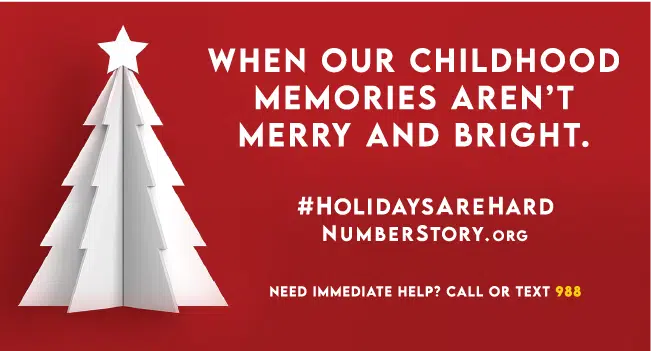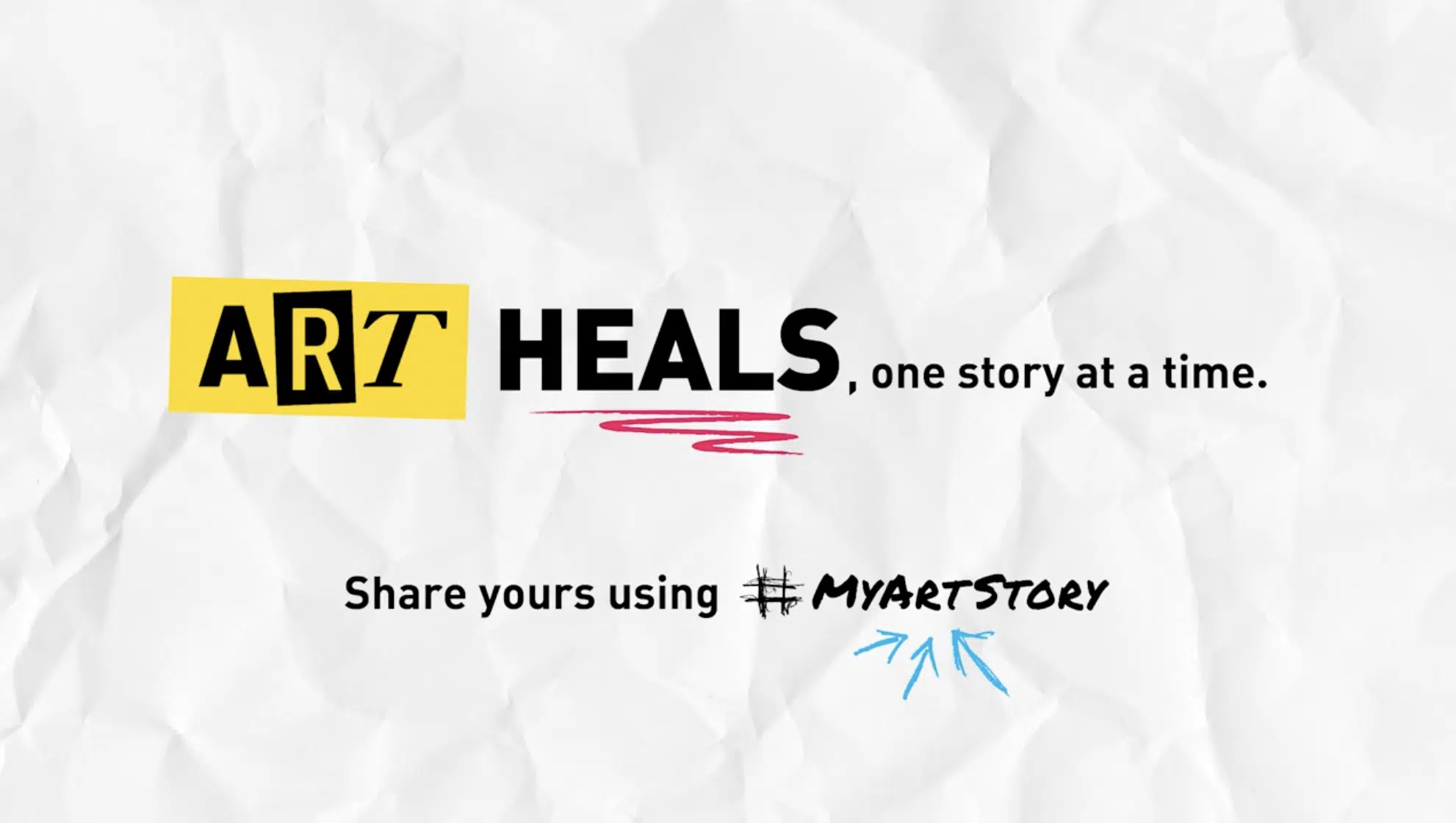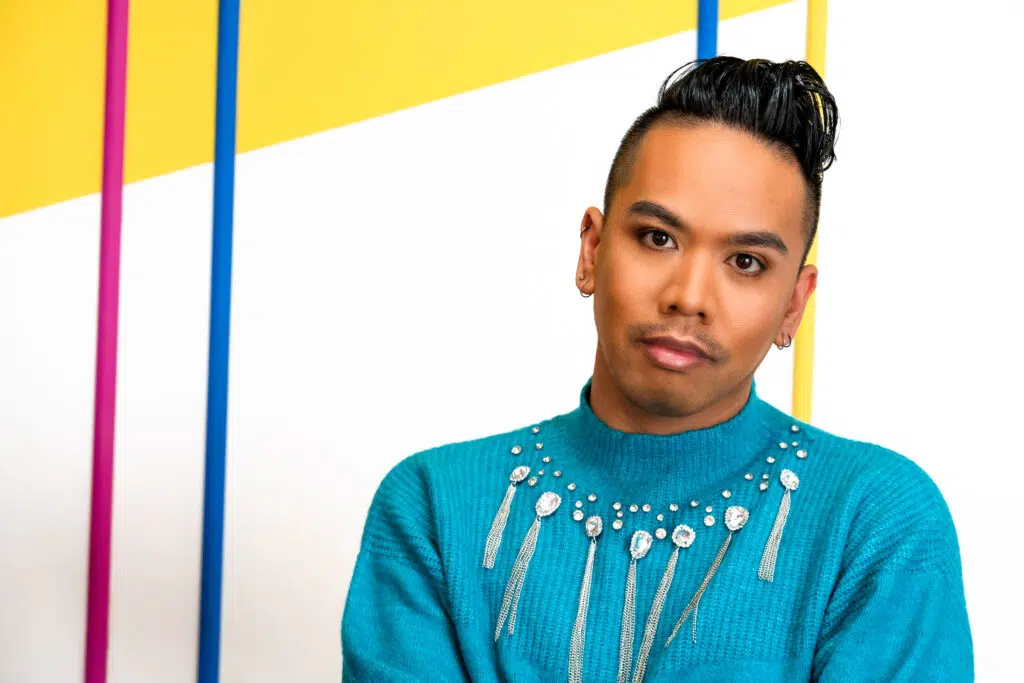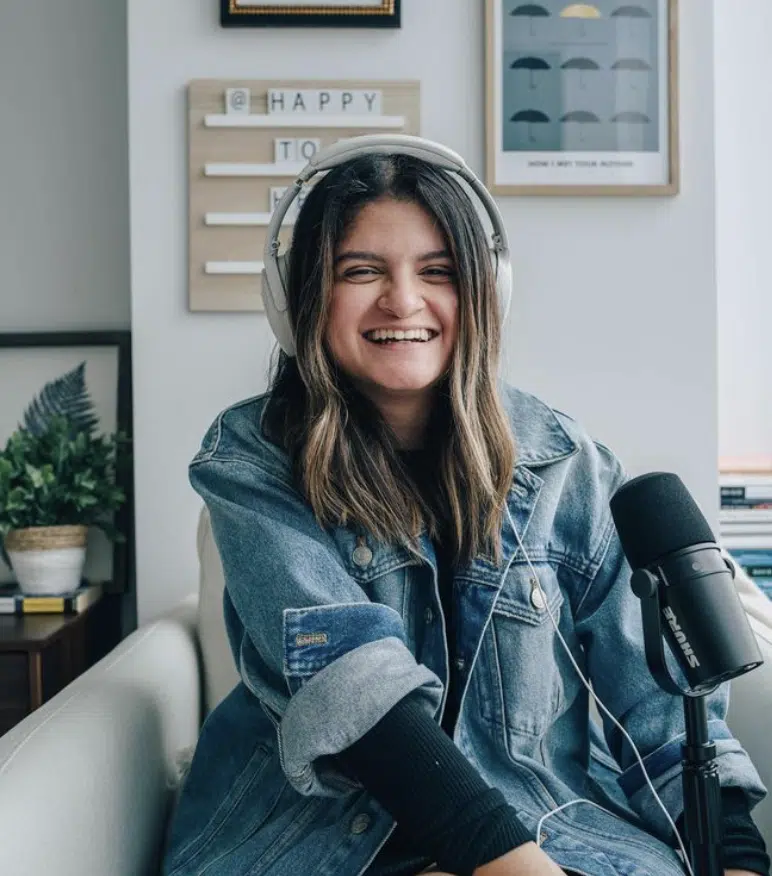
Las Vacaciones Son Duras; Es Hora De Cuidarse
It’s that time of year again, and I am sure you have noticed how fast the Holiday season is taking over stores. For some, this can trigger the body and create stress or dread….
EN LA MIRA
Las Fiestas Pueden Ser Dolorosas

Inspiration comes in many forms and for many, art can be a powerful medium for healing. In May, ACE Resource Network teamed up with The Art of Elysium in Los Angeles to kick off #MyArtStory, a movement and call to action driven by artists via social media to advance the therapeutic power of art and storytelling. As an initiative of the public awareness campaign, NumberStory.org, we launched this series to shine a light on childhood adversity and creative expression as a healing practice accessible to all.
Here are a few of the artists who participated in the #MyArtStory inaugural event and the stories behind how they’ve used art to overcome adverse childhood experiences:
Emil Nava
Emil Nava grew up in the English countryside, where his father owned a local store. “He could build stuff with his hands, he could paint stuff, he could sculpt stuff. He just embodied to me what I really believe an artist is,” Nava says. His father was often angry and was eventually diagnosed with acute paranoid schizophrenia. Nava remembers his dad throwing paint over the house, drinking nonstop and overhearing many arguments from his childhood bedroom. He recalls asking his therapist once, “do I have that in me?”
Nava’s life, he says, “has always been about escapism.” He used to accomplish this through alcohol and drugs but has since gotten sober. Nowadays, he channels his energy into creating. “The first time I realized I loved creating was when I trained to be a chef,” he says. “You didn’t think about life, you didn’t think about girls, you didn’t think about drugs, you just thought about how do I get all this fish and chirps out the door? And at the same time, it had to smell good, taste good, look good and be on time, which I think is basically just like a film shoot.”
Nava made a film called Snorkeling, which he says, captures the way the youth are feeling right now. “I think there’s a lot of me in it,” he explains. “To create, I need to feel good,” says Nava. He enjoys swimming in the ocean first thing in the morning, meditating, and spending time with his loved ones as a means of centering himself.
“The best things I’ve ever captured have been unplanned, have been of the moment like the sun’s gone this way and then something’s happened and the wind’s tussling sand and you’re like whoa. I guess there’s some part of me that lives within the madness,” he says, with a grin.
Laura Jane Grace
Laura Jane Grace was born in Fort Benning, Georgia. “I grew up an army brat and started playing in a band as a young teen,” she recalls. She started her first band, Against Me, at the age of 17, as a bedroom project that grew from there. She’s since spent 25 years touring and making records.
“I’m transgender,” she says. “There’s something about me that is separating me from everyone here.” As a kid, Grace was desperate for an outlet and turned to music. “There were all these dudes who had their hair sprayed out and makeup on where sometimes I couldn’t tell is that a boy or a girl?” Seeing Freddie Mercury in Drag and David Bowie dressed up in stage clothes, she says, spoke to her.
“When I was 8-years old, I saved up money mowing lawns to buy my first acoustic guitar out of a Sears catalog,” Grace reveals. She began performing at church talent shows and eventually discovered punk rock. “There is a whole subset of bands who really speak to creating spaces that are anti-racist, anti-homophobic, anti-transphobia, welcoming safe spaces,” she says. Music is how Grace has always been able to communicate with people. “If someone writes to me and says that they’re going through a hard time, ‘I’m like, ‘I hope that you have an outlet,’” she says.
Creating music helps Grace feel grounded and offers a tool for her to overcome further adversity.
Songwriting has taught her how to turn a negative experience into something that’s joyful. “I believe guitars have souls and sometimes you’ll pick up a guitar and you connect with it and there’s songs that just kind of come from it,” she says, noting that she never puts pressure on herself to write “the perfect song.” “If you’re true to your art and you put your effort into it and you are speaking truth, a good song will find its audience eventually.”
Young Bae
Young Bae grew up with an abusive father and can vividly remember the moment she realized something was off within her household. “I went over to my friend’s house and her father came back from work. She has three siblings, and they were like ‘daddy!’” she recalls. At this moment, Bae, a South Korean native, thought, “people are happy. Their fathers really love them. Wow.”
Bae’s mother is an artist who teaches art to kids. “We used to sleep on the floor of the art studio,” she says. During her childhood, she was surrounded by paint brushes and since she was a baby, she remembers sketching and drawing. “I wasn’t able to smile, laugh, cry. When I’m sad. I just had to always keep it to myself,” she says. “Art was the only way for me to express myself and what I’m feeling inside.”
Painting and drawing made Bae feel protected and safe. She moved to New York City with the dream to be a famous fine art artist with only $80 in her pocket. Bae began tattooing to pay the bills but became so in demand as a tattoo artist that she didn’t have time to work on her art. She went from homelessness to owning Diamond Tattoos shop in Times Square. “I’m really happy when I’m at my shop. This is my safe place. I feel protected,” she says.
Bao’s clients have become her friends and family. She credits art as having a healing power. “You can fix somebody’s heart; you can fix somebody’s tears. It’s an amazing thing,” she says. One of her specialties is cover-up tattoos. “People who cut themselves come to me with their pain, crying, and they leave my shop with a big smile,” says Bao. “There’s no doubt in my mind that art can heal.”
Chris Saint
Chris Jacob is a music artist, entrepreneur, and activist who is currently in the midst of a healing journey. Growing up, he says he had a lot of adversity to overcome as a queer POC. “I am so proud of who I am today,” he says. “It didn’t always start that way.”
As a child, Jacob was extremely afraid of being his true self. He was raised in a household that was loving and accepting but says “the nose of the world, of religion and all these different spaces” were often telling him “It was dangerous, that it was unsafe to be who I was.” This created a lot of trauma and caused Jacob to live with fear that if he was to wear a certain thing, show his true colors, and express himself authentically, he could be bullied or unaccepted by family and friends. That chronic fear, he says, stays with you.
Today, Jacob has realized that healing is a superpower. “We are here not on a journey because we’re broken or because there’s something wrong with us,” he explains. “Healing is actually the building blocks to resilience, and I’ve learned that in my own journey, I’ve been able to access such power and strength in myself because I’ve committed to understanding what happened in my childhood and how now I can use that for my purpose.”
As a storyteller, musician and entrepreneur, Jacobs strives to use these parts of himself to extend healing to others. “I think there isn’t a more important time than now to be on a healing journey,” he says. “Healing and how we love ourselves and how we love others is truly the only path forward.”
The Healing Power of Art
Art is a powerful form of expression. It has the ability to heal, inspire and provide hope. Engaging in creative activities has been shown to help prevent and reduce the harmful impacts of childhood adversity and toxic stress. Trauma can have significant negative impacts on a person’s perspective, making them feel powerless or unsafe, isolated, that life is meaningless, and like they don’t belong.
Art, whether it’s creating or listening to music, dancing, painting, drawing or sketching, has the ability to empower. This gives people the power to create, explore, and define their own meaning and purpose, as well as connects them to a community and provides a sense of belonging. The healing abilities of art have been demonstrated across a variety of demographics, like the LGBTQ+ community.
The lesbian, gay, bisexual, transgender and queer community has faced its share of discrimination throughout the years. And research shows that LGBTQ people report higher rates of adverse childhood experiences than other demographics. A study by researchers at Vanderbilt found that 83% of lesbian, gay, bisexual and queer individuals reported going through adverse childhood experiences. These adults also had worse mental health conditions compared to heterosexual peers.
Partaking in art activities, like theater and music, has been shown to boost one’s self-worth, help with negative thoughts, positively impact one’s view of themself and support the development of coping mechanisms. Art can also introduce you to others and can provide a support network in which a person can share their personal experiences. A 2021 study found that trans clients who participated in an online arts journaling group felt a more powerful sense of belonging, which was created in the group and reflected through their artwork.
Research also suggests that art therapy, when used throughout the coming out process, can increase wellbeing in the LGBT population. And throughout the country, mental health professionals who specialized in helping marginalized groups are incorporating art into their therapeutic modalities. You can participate in art by joining a local group or taking a class. But you don’t need a structured activity to reap the benefits.
When it comes to art, it’s all about expressing yourself in whatever way is comfortable. There’s no wrong way to create and use your voice. Find something you enjoy, whether that’s painting, drawing, sketching, crafting, creative writing, singing, dancing and beyond. Relax and enjoy the safe space art-making creates. Try not to criticize your work. Enjoy the process. Don’t feel pressure to create a masterpiece. You can share your work with others if you feel comfortable sharing or can keep it as something special that’s just for you.

It’s that time of year again, and I am sure you have noticed how fast the Holiday season is taking over stores. For some, this can trigger the body and create stress or dread….

[Content warning: Suicide.]
In recent years, during the month of Pride, I’ve always been extremely excited about the celebration—the glittery and colorful extravagance all throughout the month of June.
However, this year, I’ve taken a pause to really understand my journey, the one I’ve taken individually and the one the queer community is on at the moment. I feel blessed to live in West Hollywood in Los Angeles, one of America’s queer-friendly meccas, though the sparkle in my heart has dimmed as I feel increasingly more concerned for my community across the country where our safety, protections and rights are all at risk. Unfortunately, none of us are safe.

I’ve lived with bipolar disorder for the last 13 years. Though the initial years were brutal, once I understood my triggers and what it takes to stay well, I’ve been privileged to have stayed healthy for much of the last decade. This included — to my relief — my first pregnancy and post-partum period and serving in high-intensity public health roles through the pandemic, as California’s Acting Surgeon General and previously the office’s first Chief Health Officer.

I love music. Recently, I was listening to a random playlist Spotify generated for me when a song titled “Before I Have A Daughter” by Bre Kennedy started playing. Bre Kennedy sings about building a garden that grows on the same ground where tears have fallen and hearts have also been broken. Her goal is to learn to tend to this garden so that it flourishes on both the good and bad days.

¡Ayúdanos con tus opiniones sobre esta encuesta de 3 preguntas!